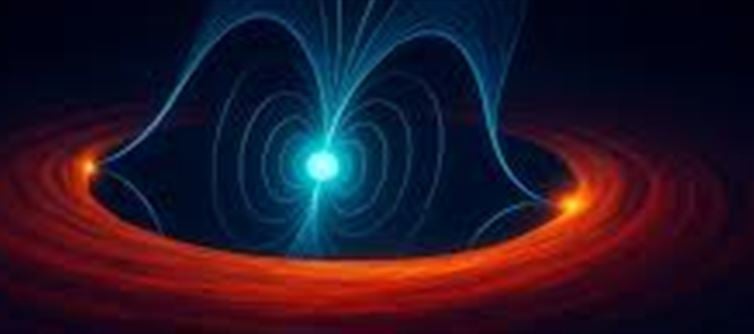NASA has unveiled a mystery that was puzzling astronomers for a long time. The mysterious X-rays found in space actually do not come from the place where it was previously thought. With the help of NASA's IXPE (Imaging X-ray Polarimetry Explorer) telescope and other observatories, scientists have discovered that these fast X-ray rays are not produced by a glowing accretion disk but by a
wind of fiery particles (pulsar wind) released by a rapidly rotating pulsar. This discovery challenges the established theories so far and makes it clear that a single powerful process is the cause of this radiation.
How was this discovery made?
This discovery is based on a special system PSR J1023+0038 (J1023) which is made up of a rapidly rotating neutron star and a small star near it. This neutron star pulls material from its companion star, forming a rotating accretion disk around it. It also behaves like a pulsar that emits intense radiation from its magnetic poles, like a lighthouse.
The specialty of J1023 is that it periodically changes into two states, one active state when it pulls matter and the other quiet state when it sends pulses in the form of radio waves. Such a pulsar is called a "transitional millisecond pulsar".
Polarization revealed the mystery
To know this, scientists analyzed the polarization of both X-Ray and optical light. Polarization shows how organized the waves of light are. IXPE is the only space telescope that can measure the polarization of X-Ray in space. Europe's VLT (Very Large Telescope) gave information about optical polarization. When the polarization angles obtained from both were found to be the same, scientists got a clear indication that all the waves are originating from the same source and that is pulsar wind.
Challenge to old beliefs
Earlier it was believed that X-Rays emanate from the accretion disk but now it has become clear that pulsar
wind is its real source. This
wind is a stormy mixture of gases, shocks, magnetic fields and particles moving at almost the speed of light which collides with the accretion disk and produces X-Rays.





 click and follow Indiaherald WhatsApp channel
click and follow Indiaherald WhatsApp channel